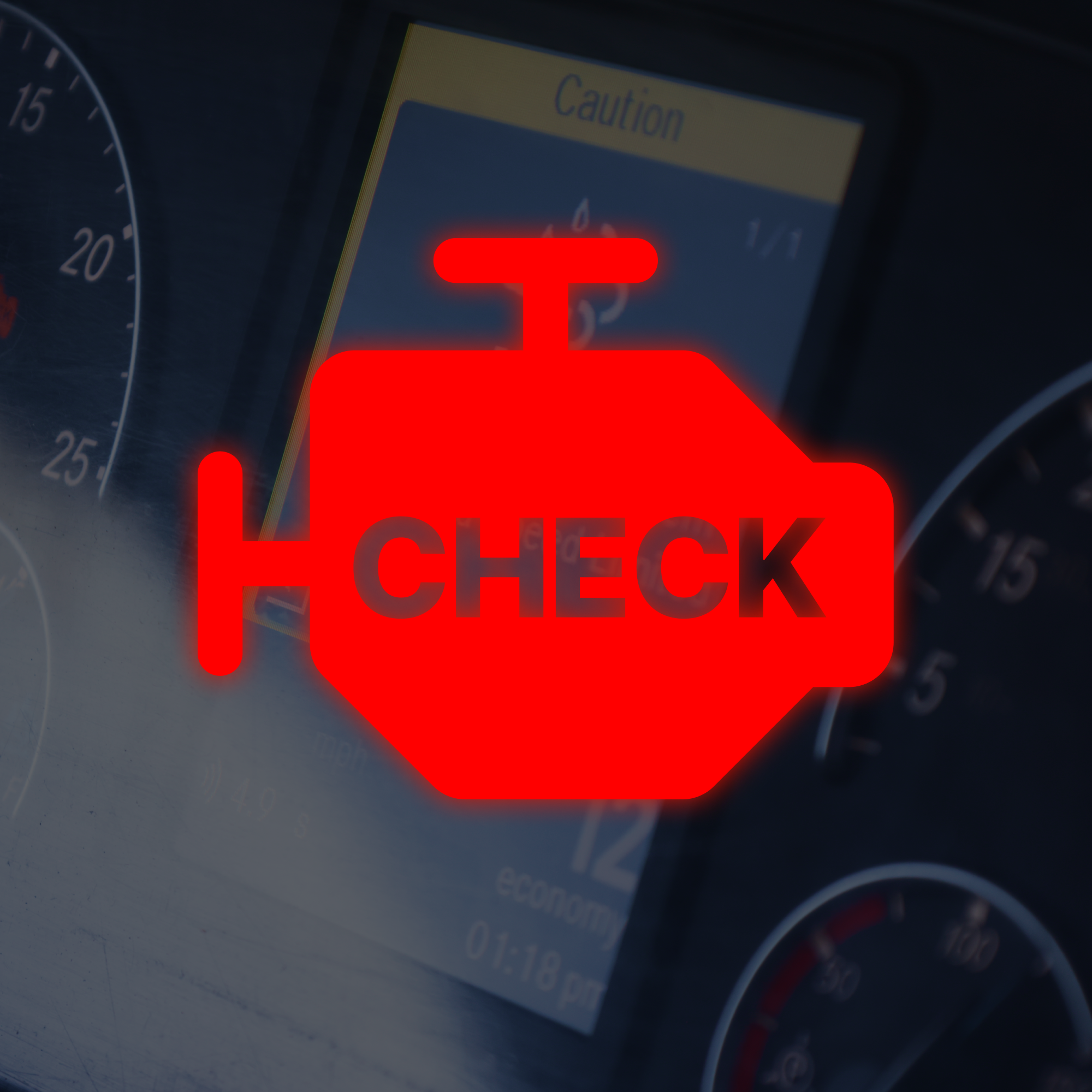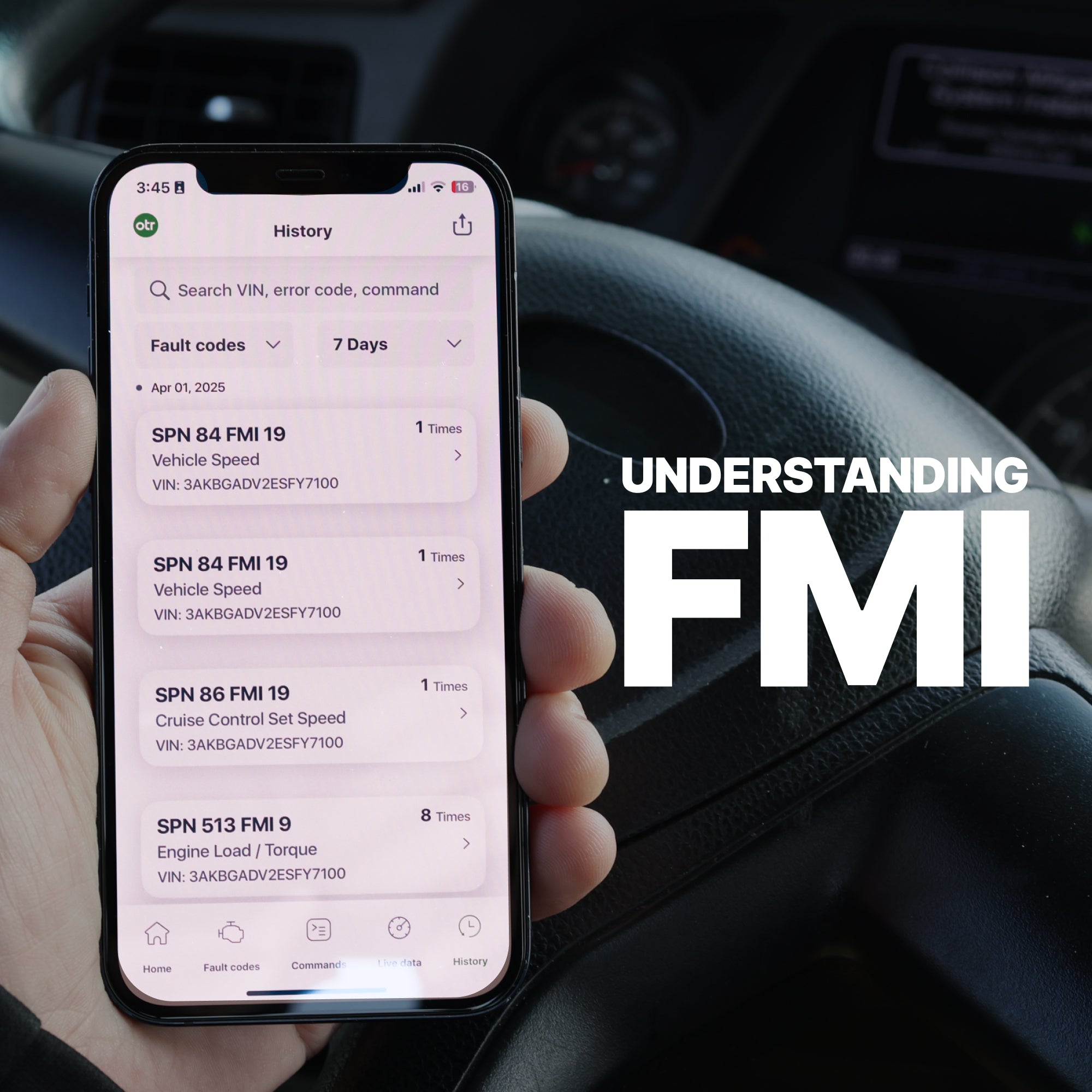Truckers: Mark your calendars. The CVSA International Roadcheck is back from May 13–15, 2025, and if your truck or logs aren’t in top shape, you could be sidelined.
This three-day blitz spans the U.S., Canada, and Mexico and brings a sharp focus on compliance, inspections, and safety enforcement. Expect high-volume inspections at weigh stations, roadside checkpoints, and even mobile patrols.
What You Need to Know for 2025 Roadcheck
Each year, inspectors spotlight two major areas—one for drivers and one for vehicles. For 2025, the focus is on:
-
Driver Logs (RODS) / Hours of Service
-
Tires
That means if your electronic logs aren’t accurate or your tires look rough, you could get hit with violations—or worse, be put out of service.
✅ Driver Focus: RODS & Hours of Service (HOS)
Hours-of-Service rules exist to prevent fatigued driving. Inspectors will dig into your Record of Duty Status (RODS) to make sure everything matches up. That includes checking for:
-
Missing or falsified logs
-
Incorrect duty status entries
-
Outdated or incomplete records
They’ll also check your CDL, med card, Drug & Alcohol Clearinghouse status, and seat belt use. Any major issue here = out of service. No exceptions.
🔧 Vehicle Focus: Tires
Let’s talk rubber. Tire problems are one of the most common violations—and one of the easiest to avoid with regular checks.
Inspectors will be looking at:
-
Tread depth
-
Air pressure
-
Sidewall damage
-
Bulges, cuts, or tread separation
-
Improper tire repairs or mismatched sizes
A tire failure on the highway isn’t just dangerous—it’s expensive. Stay ahead of it with regular tire checks and diagnostics.
What’s in a Level I Inspection?
During Roadcheck, inspectors usually run a North American Standard Level I Inspection—a 37-step review of the driver and vehicle. They’ll inspect:
-
Brakes
-
Suspension
-
Lights
-
Fuel and exhaust
-
Driveline/driveshaft
-
Cargo securement
-
Coupling devices
-
Windshield wipers, and more
Pass it clean and you might get a CVSA decal, which means fewer inspections for 3 months. Fail it, and you’ll be parked until all critical violations are fixed.
How to Prepare with OTR Diagnostics
If you're running OTR Diagnostics, you're already ahead of the game.
-
🔍 Scan and clear fault codes before you roll into a weigh station
-
📊 Monitor live data to catch warning signs early
-
🛠️ Stay proactive with repair-ready info so you don’t get surprised during inspection
-
📤 Share and print diagnostic reports from the app to show inspectors if needed
No laptop. No guesswork. Just control.
Pro Tip: Use This Checklist Before May 13
-
Scan your truck for active fault codes
-
Review your HOS and log entries
-
Check tire pressure and tread depth
-
Clear up any stored fault codes related to ABS, brakes, or lights
-
Make sure your med card, license, and credentials are up-to-date
Final Word
International Roadcheck isn’t a drill. It’s 72 hours where inspections spike and violations can cost you downtime, money, or even your job.
OTR Diagnostics puts the power back in your hands—so you can roll into any inspection knowing your truck is ready and your logs are clean.
Want to make sure your truck is inspection-ready?
Check out the latest version of OTR Diagnostics Pro—and take control of your truck’s diagnostics before the blitz hits.




Why OTR Diagnostics outshines the Nexlink NL102P heavy-duty scanner
Ancel X7 HD vs. OTR Diagnostics: Which diagnostic tool is right for you?